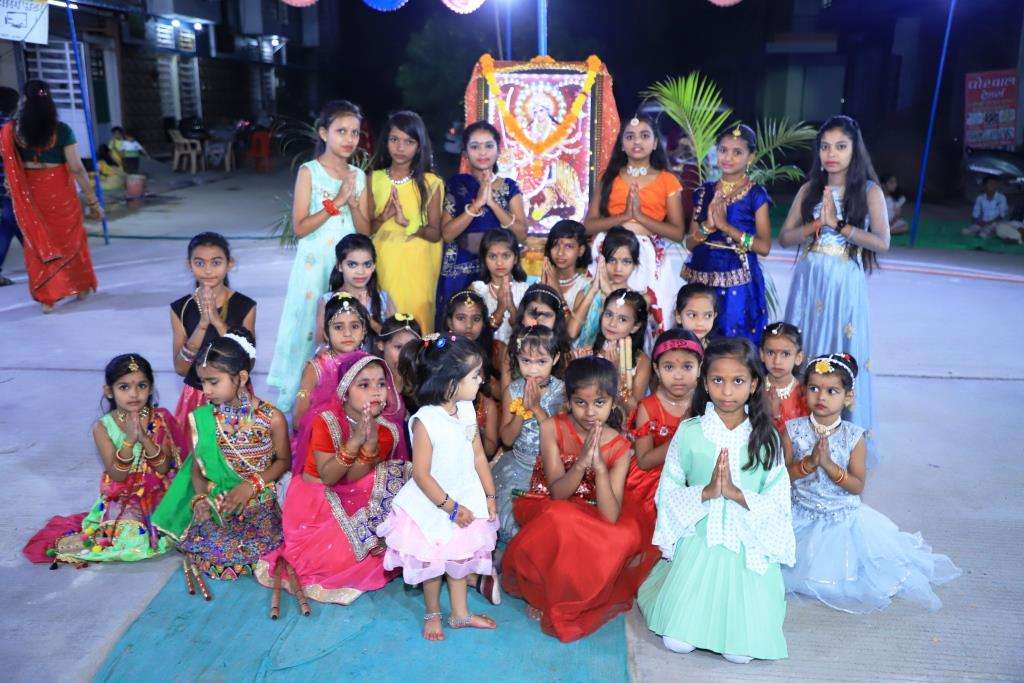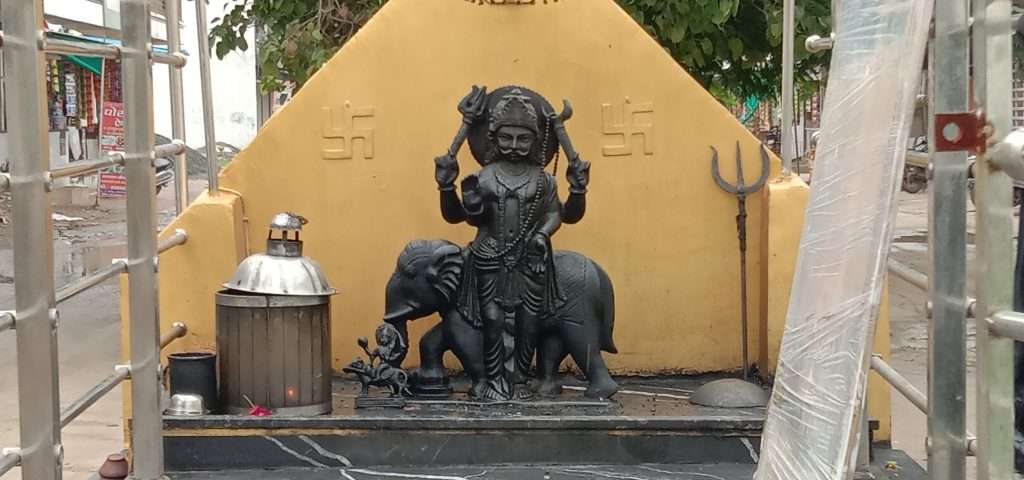Prizes were given to the children who participated in the Garba.
Navratri is our Indian culture and a very auspicious day for every in Hinduism. Foundation has Organized the Garba Program at Indore, and in the program total of fifty girls participated they performed nine days of Garba.
Garba comes from the Sanskrit word for womb, which implies gestation or pregnancy — life. Traditionally, the dance is performed around a clay lantern with a light inside, called a Garbha Deep (“womb lamp”). This lantern represents life and the fetus in the womb in particular. The dancers thus honor Durga, the feminine form of divinity.
Garba is performed in a circle to symbolize the Hindu view of time. The rings of dancers revolve in cycles, as time in Hinduism is cyclical. As the cycle of time revolves, from birth, to life, to death, and again to rebirth, the only constant thing is the Goddess, that one unmoving symbol in the midst of all of this unending and infinite movement. The dance symbolizes that God, represented in feminine form, in this case, is the only thing that remains unchanging in a constantly changing universe (Jagat).
Foundation gave Rewards to Participants.
On the last day of Navratri foundation, director Pooja Arya distributed the Steel tiffins and certificates of appreciation to the Participants. At that time, Foundation Director Guru Gaurav Arya was also there.

Also, Perform the Bhandara for the public.
The team performs the Bhandara for approximately 2000 people.
Read Also
Garba is a Gujarati folk dance celebrated in Navratri, a celebration lasting nine nights. Garba songs typically revolve around the subjects of the nine goddesses, and styles vary from place to place in Gujarat.
The traditional clothing of the Garba dancer is red, pink, yellow, orange, and brightly colored Chanya, choli or ghagra choli; dupatta with bandhani (tie-dye), able (big mirrors) or with thick Gujarati borders. They also wear heavy jewelry, such as 2-3 necklaces, sparkling bangles, waist belts, and long oxidized earrings. Traditionally men wear an ethnic Kedia and a pajama or a dhoti with an oxidized bracelet and necklace. Typically, the dandiya sticks are Wooden.
If you want to donate to us, click here



